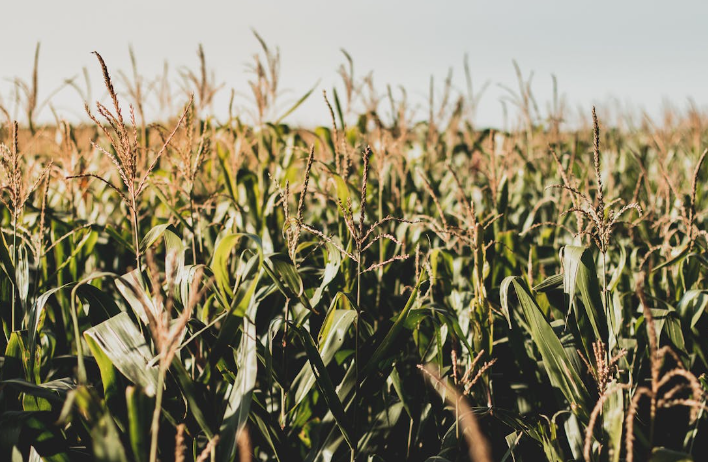Agriculture sector growth slows down to 4.4 per cent

The agriculture sector’s overall growth slowed to 4.4 per cent in 2024 compared to 7.1 per cent in 2023, a situation triggered by a decrease in horticulture exports, maize and pyrethrum production, the 2025 Economic Survey has revealed.
Launched yesterday by the National Treasury and Economic Planning Cabinet Secretary John Mbadi, the survey noted that the general growth decline occurred despite the enhanced government support to the sector, in addition to increased crop yields and livestock production in the review period.
The CS said during the review period, the net output of the sector—Agriculture Gross Value Added (GVA)—expanded by 4.4 per cent to Sh1.706 trillion compared to Sh1.6 trillion in 2023.
Major agriculture sub-sectors—including tea, milk, sugarcane and coffee production—increased, driven by favourable weather.
The tea sub-sector, even though topping in terms of earnings, recorded a slight decrease of Sh83.7 million to Sh178 billion.
In 2024, the total quantity of processed tea increased to 598,500 tonnes from 570,300 tonnes in 2023. Abundant rainfall in tea-growing areas resulted in a 4.2 per cent increase in green leaf tea production to 2.6 million tonnes in 2024. Marketed agricultural production earnings for the period 2020 to 2024 increased by 7.2 per cent to Sh690 billion in 2024.
Temporary surge
The cereals sub-category recorded an increase of 5.7 per cent to Sh51.9 billion, while permanent crops such as coffee, tea and sisal contributed Sh214.2 billion, reflecting an increase of 5 per cent in 2024. Temporary industrial crops surged by an impressive 58.3 per cent, to Sh52.1 billion during the review period.
However, earnings from fresh horticultural products recorded a decline from Sh156.7 billion in 2023 to Sh136.6 billion. Overall, crop earnings grew by 2.7 per cent to Sh454.8 billion during the review period. Livestock sector earnings posted a remarkable growth of 17.2 per cent to Sh235 billion in 2024.
Export restrictions
“The total export value decreased from Sh156.7 billion in 2023 to Sh136.6 billion in 2024, representing a 12.8 per cent decline. This was partly attributed to the cargo export restrictions at JKIA. Consequently, there was increased demand for air cargo space, particularly for fruit exporters, leading to higher air freight costs,” Mbadi confirmed. Maize production in the review period decreased to 44.7 million bags from 47.6 million bags in 2023, accounting for a 6.1 per cent decrease, partly due to erratic short rains in 2024.
While dry pyrethrum flower production declined by 2.7 per cent from 1,680 tonnes in 2023 to 1,634 tonnes in 2024.
The survey, however, noted that rainfall patterns varied across seasons, for example, March-May long rains were above average, while October-December short rains were erratic and poorly distributed. Kenya’s economy is projected to remain resilient and stable in 2025.
Mbadi explained that the government, however, projects that agricultural productivity supported by favourable weather and distribution of subsidised fertiliser and seeds distribution will greatly support projected economic growth in 2025.
Similarly, total milk production increased by one per cent to 5.3 billion litres in 2024 while the quantity of marketed milk increased by 12 per cent to 908.4 million litres in 2024.
Sugar cane production increased by 68.7 per cent to 9.4 million tonnes in 2024 and coffee production increased by 1.6 per cent to 49.5 thousand tonnes during the crop year under review.















